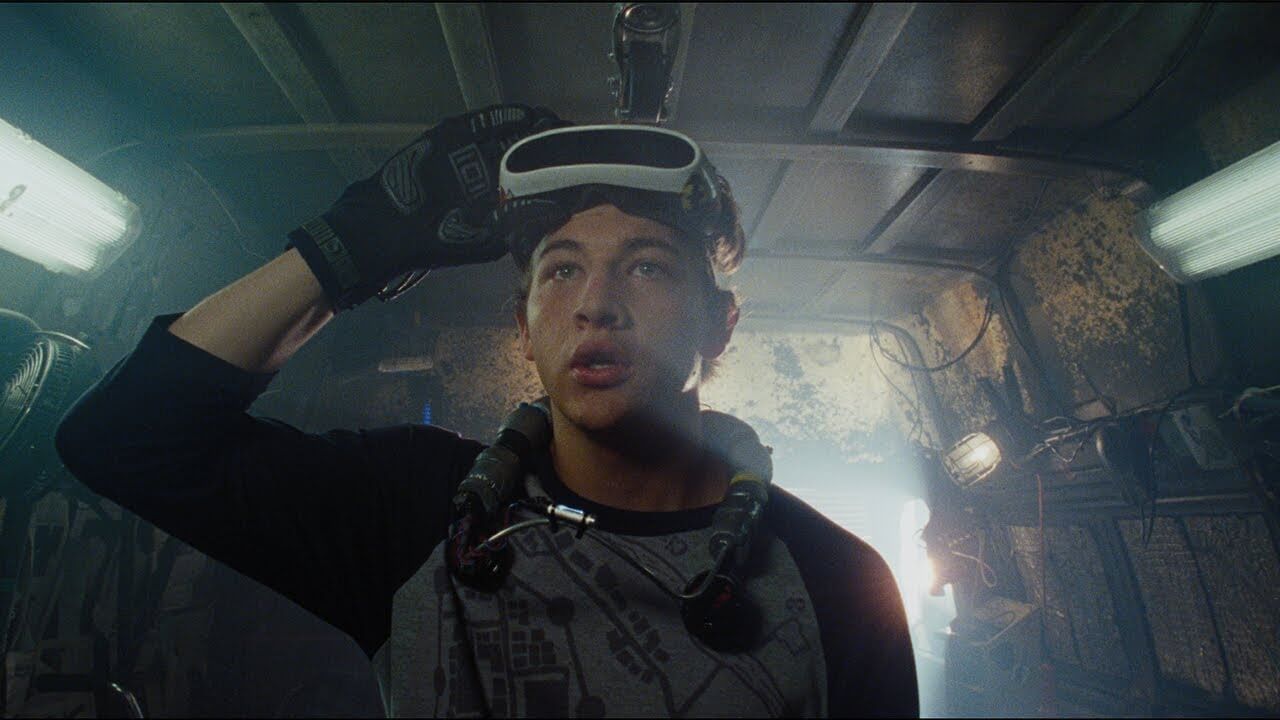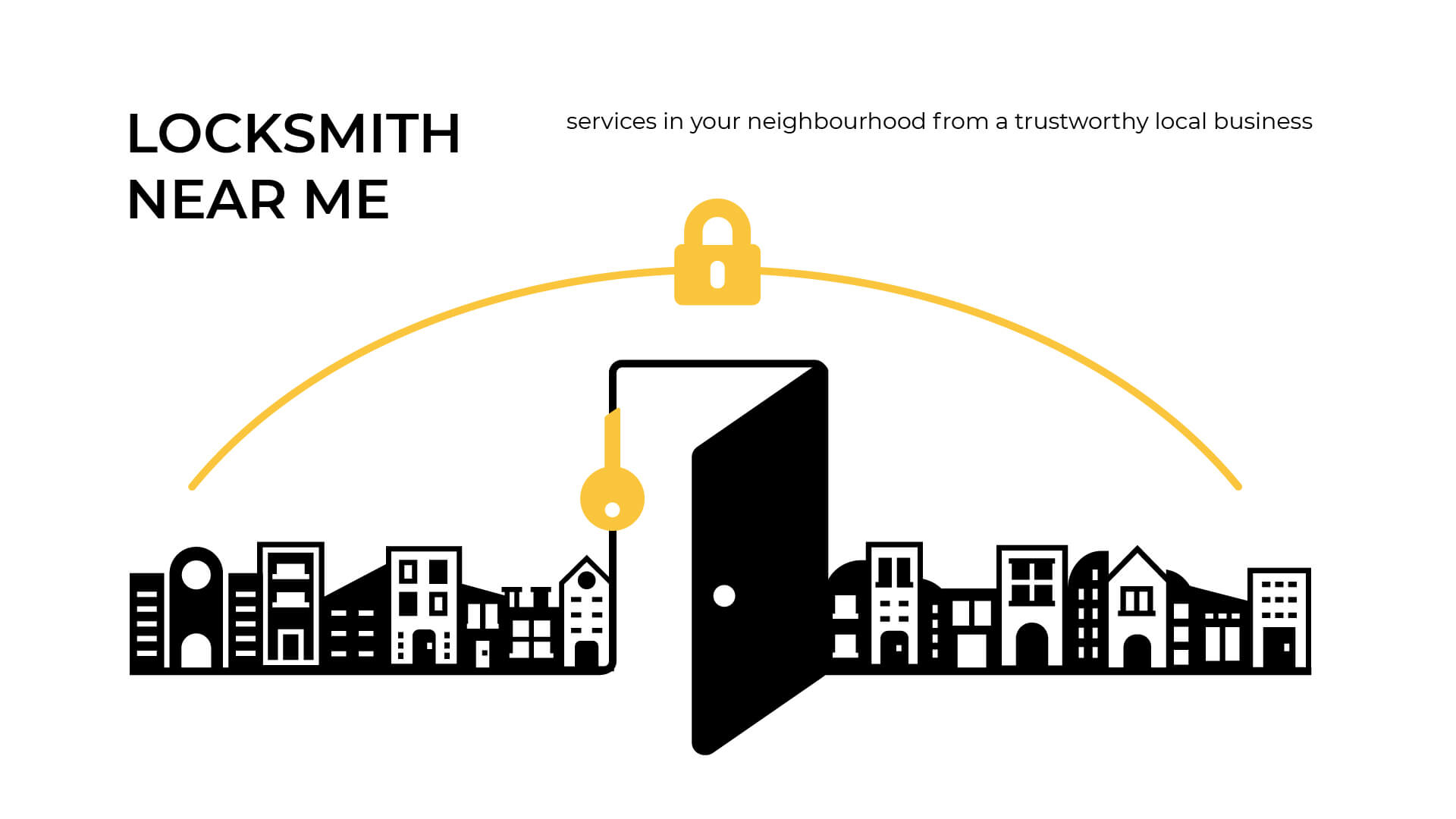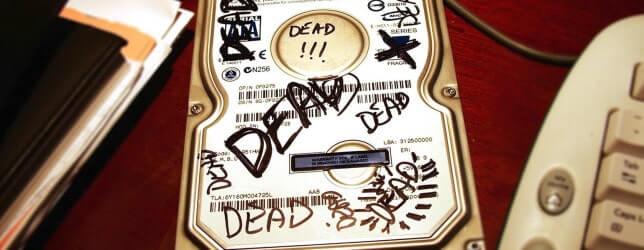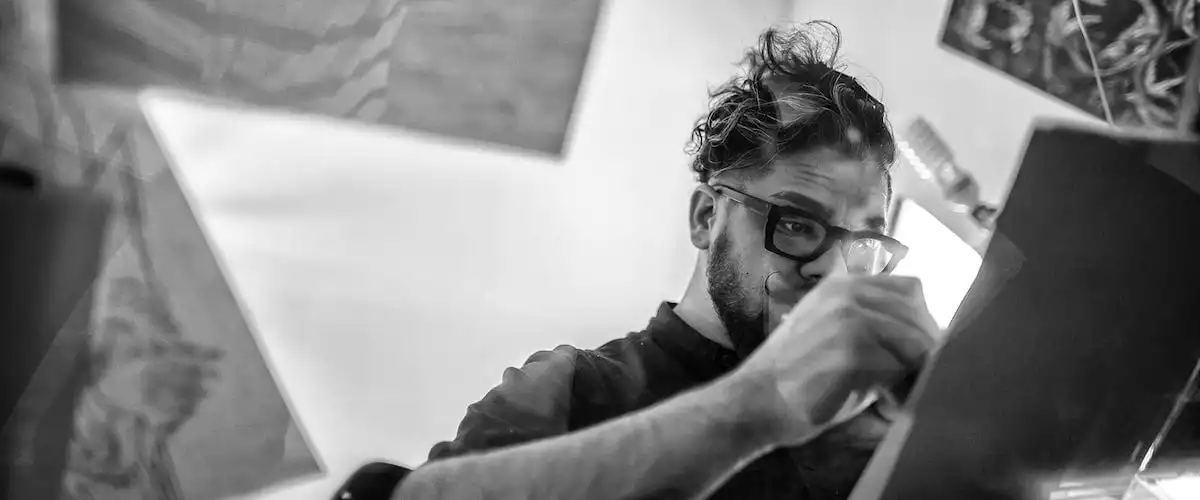That’s been a huge draw for VR enthusiast, who hope that the film will ultimately help their medium of choice go mainstream.
This begs the question: Just how much does the fact of VR match what”Ready Player One” promises? A closer look at the movie shows that you won’t really be able to do exactly what its hero Wade Watts does yet — it’s science fiction, after all. However, the far-out technology of the film is truly closer than you might think.
“Ready Player One” does not waste a good deal of time describing how gadgets used in the movie work, but Wade’s headset, which can be also used by most other characters, basically resembles a set of fancy ski goggles. Light, wireless, and seemingly working with no external hardware, it’s capable of transporting you to the digital universe of the Oasis where you are.
Current-generation VR headsets can not quite match that form factor, but we’re getting closer. Granted, high-end headphones such as the HTC Vive and Oculus Rift still need an external computer to run VR adventures, and cheaper solutions like Samsung’s Gear VR are based on an individual’s telephone.
However, there is a very clear trend towards wireless all round headsets. Oculus is preparing to launch its Oculus Go mobile all-in-one at Facebook’s f8 conference next month, Google and Lenovo will begin selling a Daydream standalone headset, and Oculus is expected to sell a high-end all-in-one, now dubbed”Santa Cruz,” next year.
The latter will also offer what is being called inside-out monitoring, meaning it will realistically relay body motions in VR with no need for any external hardware. That’s like the headset in”Ready Player One.” However, Spielberg’s version goes much farther, and keeps track of barriers in real life, allowing users to break into mock VR fights while running on a sidewalk that is real. That kind of awareness of one’s surroundings is still a little further out, but AR programs on mobiles already hint at what is possible.
Anyone with some excess money can get their hands on body suits capable of relaying additional sensory feedback, which range from punches to sometimes more agreeable sensations.
VR startups such as uSens have already constructed viable finger monitoring solutions, even with no need for gloves. Tactile feedback is much harder, but not impossible. VR startup HaptX constructed a prototype of a tactile glove that allows you really feel VR objects, thanks to incorporating hundreds of air pockets that get compressed and decompressed in real time via special software.
The result is remarkably realistic: At a recent demonstration given to Variety, HaptX showed off blossoms that you could touch one . At one stage one of those flower petals dropped off, and the glove could accurately replicate the feeling of something slowly gliding over your hand.
The drawback is that the glove looks like a part of an experimental exoskeleton, with pipes and clamps around. What’s more, it’s being powered by a box the size of a complete PC that is being used to control the air flow. But, HaptX executives were convinced that they might eventually shrink down all this to a far more mobile, and consumer-friendly, size. They also wish to ultimately offer you just like a portion of a full-body experience, but that might be even farther out.
Much of”Ready Player One” is set at the Oasis, a enormous online universe where folks go to play all sorts of games, hang out and compete at a giant pursuit. It’s most likely the least futuristic part of the film, as online worlds like Second Life have existed for several years. More recently, we have seen a number such worlds and adventures find their way to VR also, from Second Life Programmer Sansar into Microsoft’s AltspaceVR.
HTC Vive users may experience sections of the Oasis as societal VR games.
In actuality, the social part of those worlds is really close to what”Ready Player One” depicts a number of companies have built direct tie-ins with the film. Sansar is bringing Aech’s Toilet , an integral hangout for the heroes of the film, to existence in its virtual world. And Roblox, a Minecraft-like PC and mobile video game, even recreated the search to locate the three Oasis keys, within its own world.
People 2018 VR worlds might not appear quite as real as the 2045 variant of this Oasis depicted in the film, in part cause of the shortcomings of the screens used for today’s VR headsets. Look closely, and you will still see the pixels.
In”Ready Player One” that the VR world is virtually indistinguishable from reality, as we know when one crucial character gets tricked into believing he finished his VR session while still being in a simulation. That level of immersion seems incredible — until you realize that today’s VR can fool your mind quite effectively.
Location-based VR experiences often use external stimuli to aid you with the deliberate suspension of disbelief. Walk through a computer-generated Earth, and you will be acutely aware that it’s essentially only a video game. Combine the very same images with a real, wobbly wooden plank below your toes, and you might actually get weak knees.
Virtual reality already feels very much like the actual thing as soon as you add a few bodily cues. (Picture courtesy of Nomadic)
The exact same is true for great content, which makes you forget about the shortcomings of today’s displays. Play a video game such as Job Simulator for an elongated time period, and you may just end up attempting to lean on a counter which is not really there.
Maintaining check of Wade’s emotions. In one scene of the film, Wade must turn on particular emotion-surpression software to be certain that his avatar stays cool, and does not reveal that he’s actually having a panic attack in the actual world.
That is cause today’s VR is terrible at catching your psychological state.
In fact, motion capture remains a complicated process which often requires using special markers, much like those that have been utilized for digital animation. Today’s virtual worlds rather ask users to press buttons on their controls to change their facial expressions, which is not very natural in any respect. There have been some efforts to bring easy facial motion capture, in addition to eye tracking, to VR headsets, but it is going to probably be a couple more years before some of the technology actually makes it into consumer goods.
Until then, we’ll just have to use Wade Watts’ poker face.







